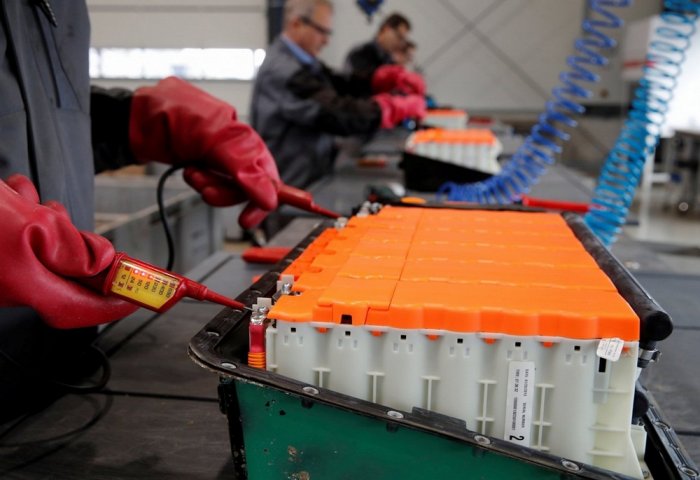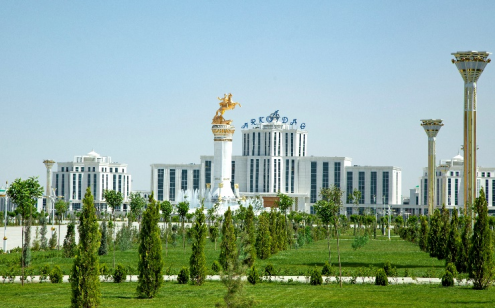In the past, battery powered equipment and machines were less common because of the short battery life and the high cost of battery production. Today, the need for batteries has become many times greater than before. While in the past the batteries were used only in certain product groups, they have now become indispensable in countless fields from smart systems to the auto industry.
In the aforementioned fields, the use of short life, single-charge batteries is almost non-existent now.
The discovery of new methods to obtain lithium ore and its use in battery technology have increased such technologies’ efficiency. This has led to an increase in the demand for lithium.
Although there are lithium resources in many parts of the world, the production side is limited as the processing and separation stage requires a significant investment. This has resulted in the deterioration of lithium’s supply and demand balance and its entry to the list of critical raw materials. Lithium, which cost around $4.45 thousand per ton in 2012, made its first leap in 2016, increasing 60% to reach $8.84 thousand per ton. Lithium prices, which decreased to $6.8 thousand as a result of demand slump at the start of the pandemic, increased by 3 times to reach $17 thousand a year later. In 2022, it’s price saw a year-on-year increase of more than 400% and reached $78 thousand.
Below is the price of a ton of lithium over the last ten years:
- 2012: $4.45 thousand
- 2013: $4.75 thousand
- 2014: $4.68 thousand
- 2015: $5.11 thousand
- 2016: $8.84 thousand
- 2017: $12.07 thousand
- 2018: $14.66 thousand
- 2019: $11.31 thousand
- 2020: $6.8 thousand
- 2021: $17 thousand
- 2022: $78.03 thousand
With the easing of the pandemic related restrictions, the demand for battery products has increased more than ever, and therefore, their prices are not expected to decrease in the short term.
In a tweet, the founder of the world’s largest electric vehicle manufacturer Tesla Elon Musk said Tesla may get into the lithium mining and refining business directly and at scale because the cost of the metal, a key component in manufacturing batteries, have gotten so high.
"Price of lithium has gone to insane levels," Musk tweeted. "There is no shortage of the element itself, as lithium is almost everywhere on Earth, but pace of extraction/refinement is slow."
Lithium production is expected to triple by 2030 with the commissioning of new facilities. As we mentioned in our previous article, Tesla can actually be defined as a battery company rather than an automobile company.
Thus, it is predicted that the battery business, especially the production of long-lasting and efficient batteries, will be one of the most profitable sectors in the future.
The launch of lithium production in Turkmenistan and its further export to international markets will give a powerful impetus to turning the country into a major player in this direction, according to the articles of Ogulgerek Rejepova and Doctor of Technical Sciences Allaberdi Ilyasov published in Turkmen media. Turkmenistan has all the natural, technological and human resources to establish the production of lithium, as well as to supply this strategically important element to the world markets.
Nurmyrat Mommayev,
PhD Candidate at Marmara University's Department of Political Science and International Relations in Istanbul, Turkey












30635-90x604.jpg)





